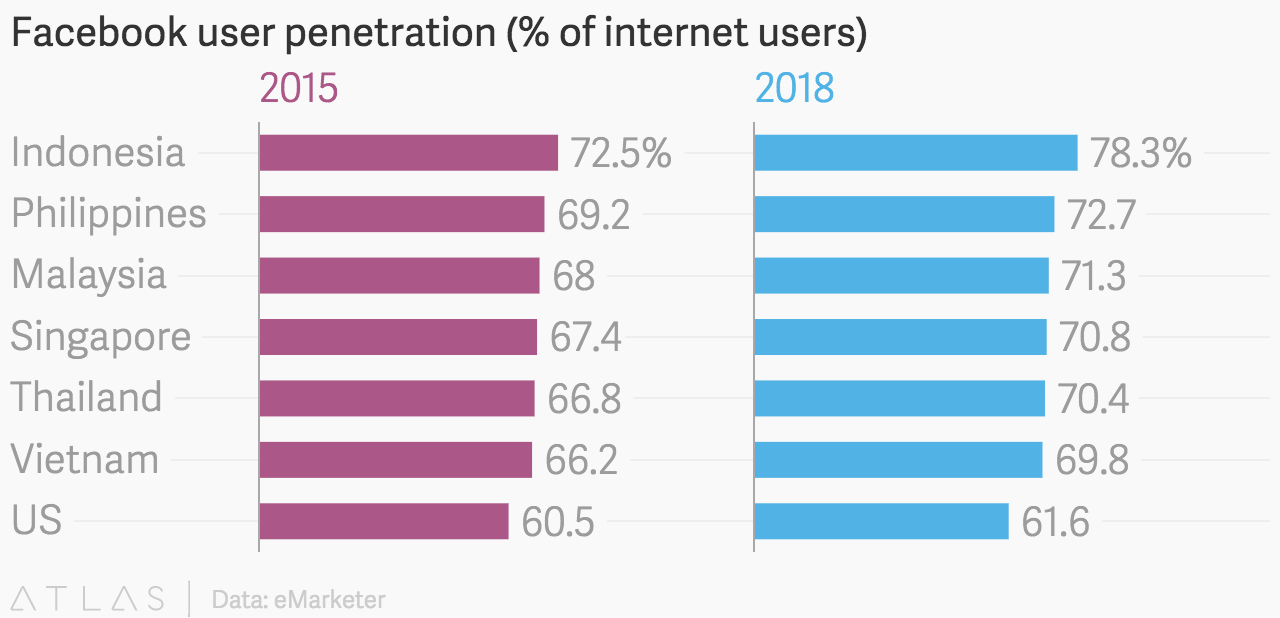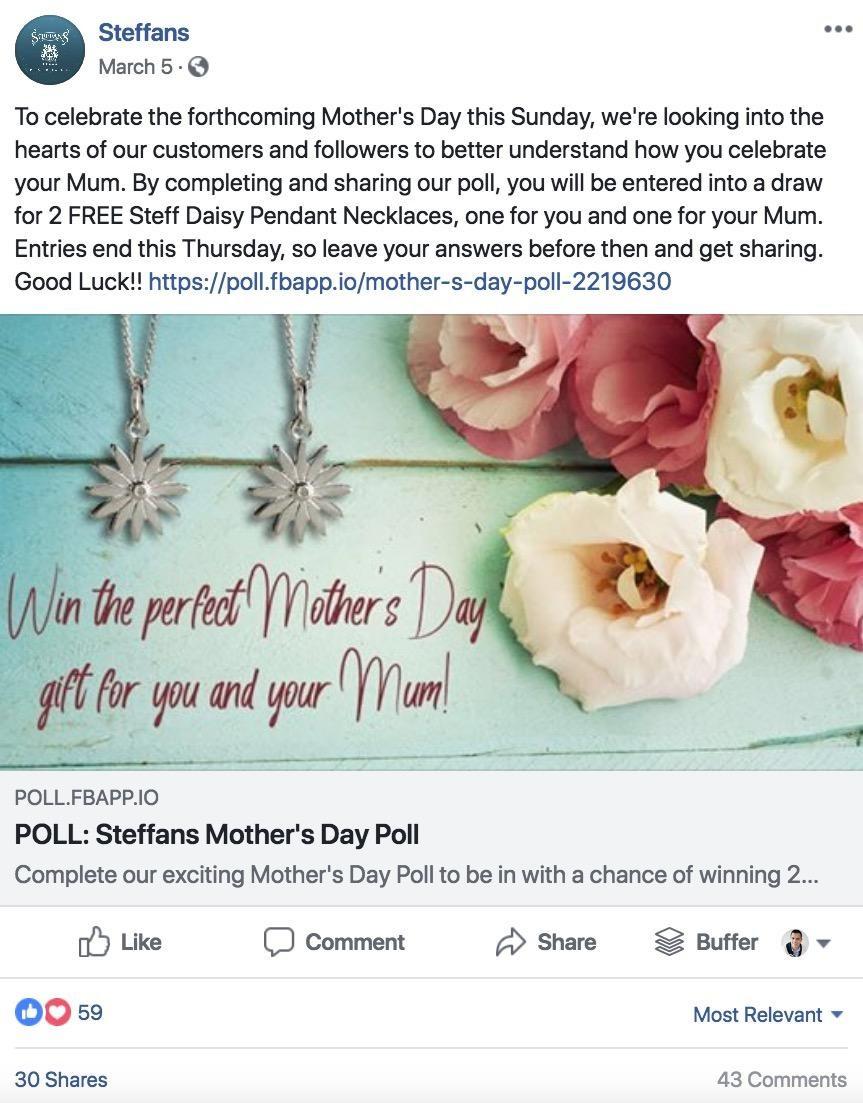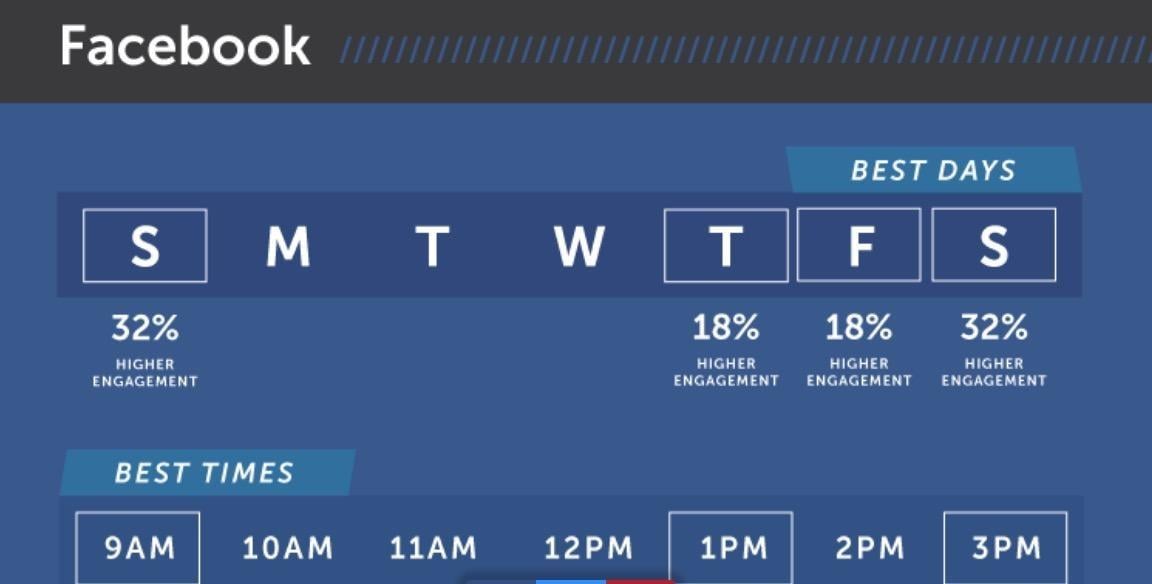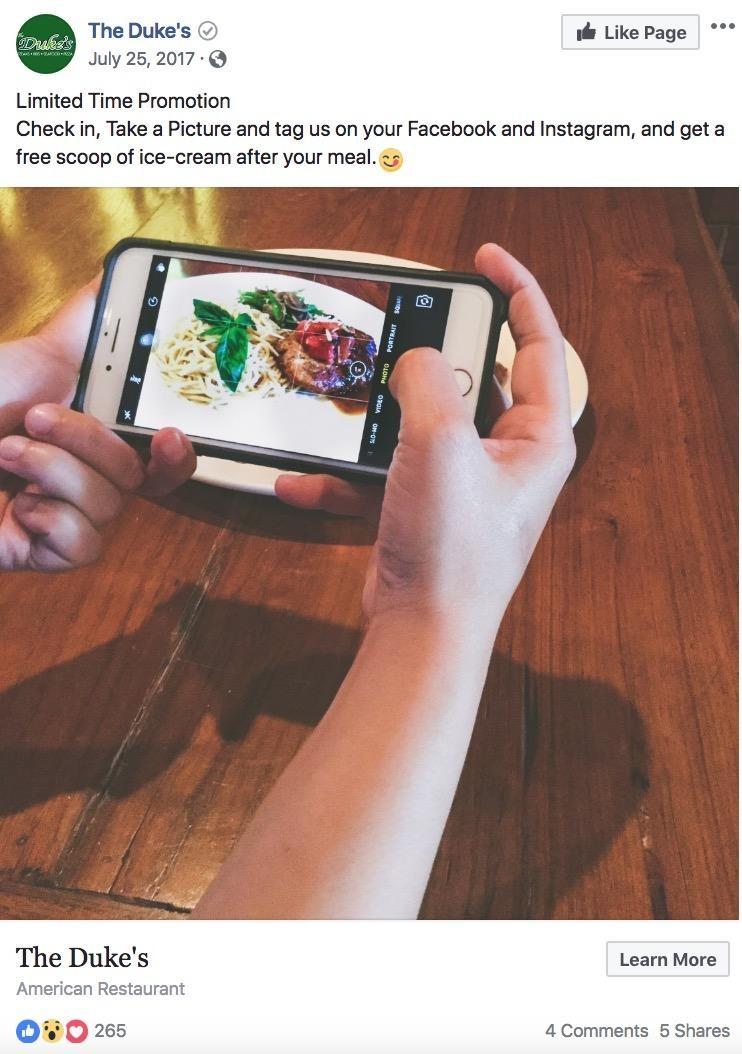From a public-relations standpoint, it hasn’t been the easiest of times for Facebook. Recent data-breach scandals have undermined user confidence in the social-media giant, and security is on everyone’s minds in the age of GDPR.
In spite of this, Facebook still remains one of the best platforms for businesses to reach their customers, drive leads to their websites, and increase their sales. The fact that Facebook is home to 2.2 billion monthly active users as of March 2018 is a big reason why.
Simply put: With so many people using the platform, that’s exactly where your leads and customers are also going to be.
Data issues aside, no one is going to stop using Facebook, and its user base will likely only keep increasing. Therefore, your best move is still to understand how to use Facebook to increase your business opportunities.
The Importance of Facebook Engagement
Before we dive headfirst into strategies, we should define what we mean by Facebook engagement. Engagement sometimes means different things to different marketers and businesses, but in general, increasing your Facebook engagement means your audience is more likely to:
- Comment on your updates
- Like your content
- Share your content
- Look at your posts or videos
- Click on your links
The more your audience performs these actions, the higher your Facebook engagement rate, and the more successful your business page will be, increasing traffic and conversions to your website.
What’s not to like, right? Here are seven powerful strategies to achieve this.
1. Celebrate the Holidays (Fake Ones Too)
Facebook engagement is all about relevance. If you post relevant content for your customers, then they’re going to engage with your content.
One of the most straightforward approaches to creating this relevance is by acknowledging holidays throughout the year and working them into your post updates.
For instance, Macy’s January 1 post rings in the new year on its Facebook page:
The fun thing about this strategy is that you don’t just have to stick to the major holidays everyone knows: Christmas, New Year’s, Easter, the Fourth of July, etc. You can also dig deep by referencing fictional holidays. These are holidays that are featured in pop culture, but that no one really celebrates—until you mention them on your Facebook page, that is! A lot of brands have also found success by referencing national days like National Scavenger Hunt Day (May 24). If you find a day that’s relevant to your business, and almost certainly one of them is, go to town.
At the very least, you’ll raise awareness about fun and comical “holidays” among your audience, which increases customer engagement, too.
P.S. Our monthly marketing ideas posts share all the national days for each month! Head to June and you’ll also see links to the rest of the months in there.
2. Start a Facebook Group
Your Facebook activity shouldn’t solely be limited to your brand page. When you create a Facebook Group, you can drive people and therefore activity to your brand page.
There’s a difference between a Page and a Group:
- A Facebook page is the public presence of a business, organization or even personality
- A Facebook group is a community of like-minded Facebook users that rally around a specific cause, organization or personality, holding small-group discussions about a shared interest
So how can a group actually drive traffic to your page?
Let’s say that your business is a real estate corporation. You maintain a separate page for it, where you post updates about the real estate market, home-buying tips, and anniversaries special to your brand. Simultaneously, you’re also a member of a real estate-based group, where the community regularly discusses market trends, its members’ home-buying and home-buying experiences, and any questions related to home ownership.
By frequently posting and sharing information within the group, you’ll eventually be seen by members as a trustworthy source of knowledge—and traffic to your page will follow that way.
Here are some of the groups you find when you search for “real estate groups” on Facebook:
But if you don’t find the right group, start your own! Check out Buffer’s guide for more info.
3. Post Surveys, Polls and Quizzes
Taking the pulse of your audience is a guaranteed engagement-upping tactic. What fan doesn’t want to share his or her opinion when their favorite brand asks them a question?
There’s perhaps no more direct way of engaging your audience because you’re asking them a straightforward question.
In general, a survey is for more serious topics, such as what your audience thinks you can do better or their personal experiences with your brand. On the other hand, a poll or quiz can be a bit more frivolous in nature and play to your audience’s sense of fun. A poll or quiz can ask your audience:
- What you’re doing for the holidays
- What you think of current events in the news
- Whether or not you’re going to buy a hot, new product
Here’s an example of a poll tied into Mother’s Day, from a small UK jeweller:
They’ve even thrown in a contest on top of the poll, for extra engagement.
4. Time Your Facebook Updates Just Right
Based on when you post to your page, you can drastically affect your engagement levels. The idea is to avoid posting when fewer people are around and post during peak times. It’s simple math: When more people are active on the platform, your posts stand to get more exposure.
According to a compendium of 23 studies, the best opportunities for posting on Facebook are:
Best Days:
- Thursday
- Friday
- Saturday
- Sunday
Best Times of Day:
Looking at this data even more granularly, we also see:
- More upbeat content does best on Friday (probably due to the weekend being right around the corner)
- 1 pm posts receive the most shares
- 3 pm posts get the most clicks
- The most engagement occurs later in the week and on weekends from 1 to 4 pm
If you plan your posts around these data tidbits, you’ll be sure to see an increase in your engagement almost immediately.
5. Tell a Lot More Facebook Stories
Human beings are hardwired to tell, listen to, and respond to stories. It’s in our DNA. According to a study published in Nature Communications, storytelling is associated with all sorts of cultural benefits, such as cooperation, preferred social-partner status, and higher reproductive success.
With this fact perhaps in mind, it’s no wonder that Facebook last year debuted its Stories feature for both individual profiles and pages. Stories are brief, user-created pictures or videos that are uploaded to your page. The feature is centered on the platform’s in-app camera that lets you incorporate unique filters and lenses to shared content, as well as visual, geolocation tags to pictures. This content can be posted for only 24 hours, creating artificial scarcity and a sense of urgency to view said content.
Image via TechCrunch
If you’re thinking that this sort of sounds…a little bit like…Snapchat, you’d be correct. Think of this as Facebook’s answer to Snapchat’s well-known modus operandi.
Creating a story for your page is as easy as pie. Simply:
1) Use your iOS or Android app, as Stories can only be posted from mobile
2) Head to the timeline of your page
3) Tap on “Create Story”
Now, you’re all set to create short, image- or video-based montages that present your brand in a new light to your audience. The beauty of Stories is that it strongly promotes engagement because anyone viewing your Story can reply with a direct message.
6. Directly Approach Your Audience
Your audience, also known as your fans, already likes your brand. If they didn’t, they wouldn’t spend the time on your page. Knowing this, you can also take an educated guess that these people are more likely than not willing to directly engage with your brand. All you have to do is push them in the right direction a little bit.
Since visual content is 40 times likelier to receive social shares than any other type of content, a smart engagement strategy is based on soliciting photos from your audience around a specific topic, challenge or even just about your product.
For example, if you run a donut chain, you might encourage your audience to post various pictures of them enjoying your sumptuous and sugary creations in all sorts of different settings. Your audience feels engaged, and they get to participate in what they love: talking about and posing with your product.
American restaurant The Duke’s has this strategy down pat: This eatery that specializes in serving up American favorites in Thailand solicits engagement like this from its audience. Here, The Duke’s is asking its customers to check in, take a photo of themselves while in the restaurant, and tag their page on Facebook. As a reward, customers who go along get free ice cream after their meals.
7. Use a Lot More Videos
When it came to Facebook marketing, there was a time when people thought that just posting high-quality images was the best you could do for engagement. When we look at more recent data, it turns out that video beats images when it comes to engagement—by a lot!
Facebook IQ’s own research determined that users in the United Kingdom and the United Arab Emirates spent five times longer looking at video content than they did at static content (1:41) on both Facebook and Instagram.
From this recent study alone, it’s clear that people appreciate the interactive nature of video more than static pictures.
To engage your audience better, you have to use more video, whether that’s simply posting more videos on your page, using Facebook video ads, or using something like Facebook Live. (Check out WordStream’s ridiculously awesome guide to getting started with Facebook Live.)
8. Run Facebook Ads
Organic reach pales in comparison to what you can get using paid Facebook advertising. The targeting on Facebook is second-to-none, since you can target profile information like age, gender, location, occupation, marital status, interests, and more. Even better, costs to advertise on Facebook are more than affordable and the returns are high. If you need help getting started, these are some of the best Facebook ads courses out there.
Make Facebook Engagement Priority #1
Due to the sheer number of people on Facebook, it can be hard to make your content stand out. One of the fastest ways to succeed at getting it noticed just the same is to work on your engagement. When your content appeals to your audience based on relevance to them, then it’s easier to make that content stand out.
By incorporating the above strategies into your Facebook marketing framework, you drastically increase the chances of people engaging with your content. The more folks engage with what you post, the more it’ll have a positive impact on not just your Facebook metrics, but also your business’ leads, customer base, and sales.









0 Comments